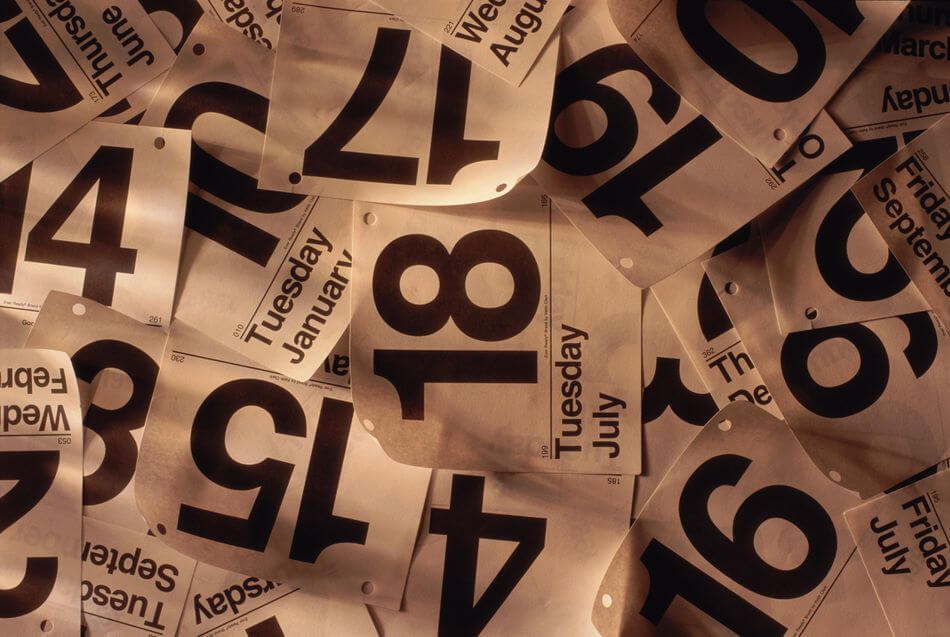BLOGS How to Plan an Amazing Employee Holiday Party From Start to Finish

By Rob Hard
Source: The Balance
If you’ve been tasked with planning the annual employee holiday party for your company, follow a few basic guidelines to get the most out of your special event and can help you reduce costs without impacting its quality. By carefully evaluating the best way to approach and execute this holiday party, you can create an experience that not only boosts company morale but also increases employee satisfaction and retention levels across the board.
It’s important to start with the basics—what theme should the party have, where should it take place, how many people are coming, when should it happen, and what food and drinks will be served during the occasion—before moving on to specialized planning and eventually event execution.
The Basic Elements of a Holiday Company Event
Of course, like any other event or project, you need to create a project plan that identifies the event details for the employee holiday party. Theme, venue, time, date, guest count, food and beverage selections, decor, and event agenda must all be considered before you begin to execute your event.
Every good party needs these core elements to be successful, but not everything has to be set in stone before you begin to execute on getting your needs met (like securing a venue, booking a caterer, or planning an agenda).
Although there are many ways to approach these decisions, and decisions for higher-level ideas like theme and timing often fall on executives of the company instead of the event producer, it’s best to work with a team to decide which details are right for your specific company.
Choose the Most Effective Time to Hold Your Event
The best time to hold an employee holiday party is probably during the lunch hour. Historical holiday party data from Winston Battalia shows a growing trend to this decision, reflecting that more than two-fifths of corporate events take place during the lunch hour.
Unfortunately, not everyone may have the opportunity to participate in the event because someone must stay back and answer customer calls and inquiries. But a lunch hour event allows the organization to control costs and reduces the obligations on employees’ personal time and commitments.
If the organization isn’t hosting a lunch program, then they will host an evening event, which allows more employees to attend, but can often come with higher costs, depending on which evening of the week the event is held.
So how do you get the biggest bang for the buck? While some may think that Friday is the best day to hold the event because most employees will be off for the weekend, Friday is the most popular day of the week at restaurants and other venues—the most expensive time. Few organizations will want to consider Sunday evening, so it seems the next best option may be Monday night.
Consider Hosting a Party in the Off-Season
Instead of defaulting to the annual Christmas or Thanksgiving party, why not consider hosting an event that’s specifically for employee appreciation, when no other holiday is coming up on the company calendar?
Early October and late January are great times to hold an annual appreciation party as you can find an increased availability of off-site venue options, save money on catering expenses, and potentially get better deals on party packages during this event off-season.
One drawback to creating an annual appreciation party instead of celebrating the common annual holidays is that employees might not remember this as a tradition as well as they do Christmas or New Year’s parties. You’ll want to make sure to build hype around the event if it’s not a traditional holiday party.

